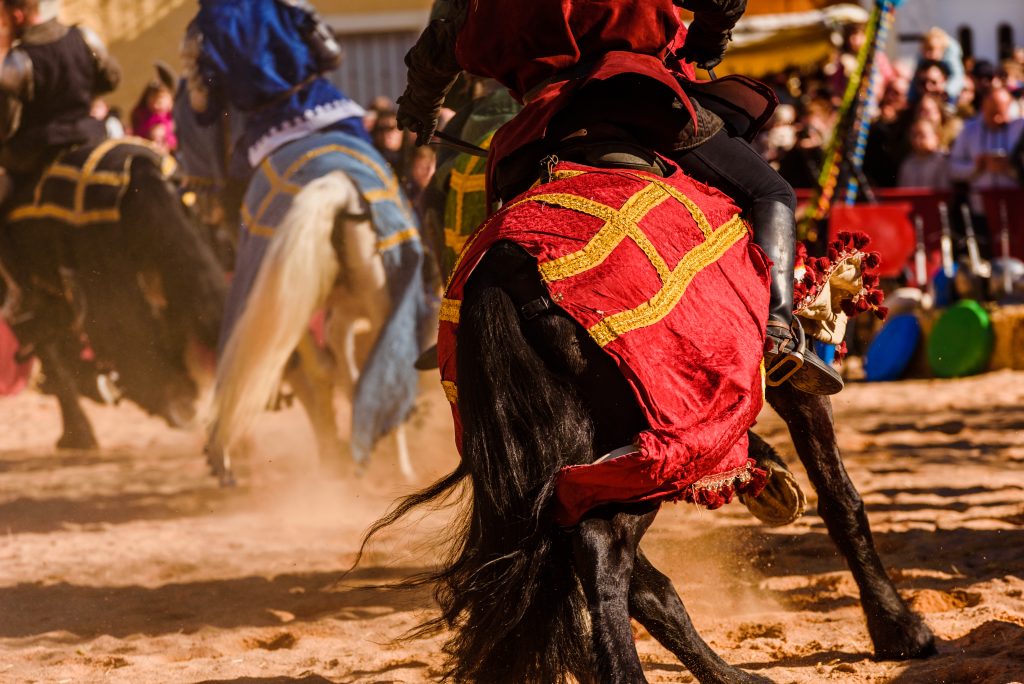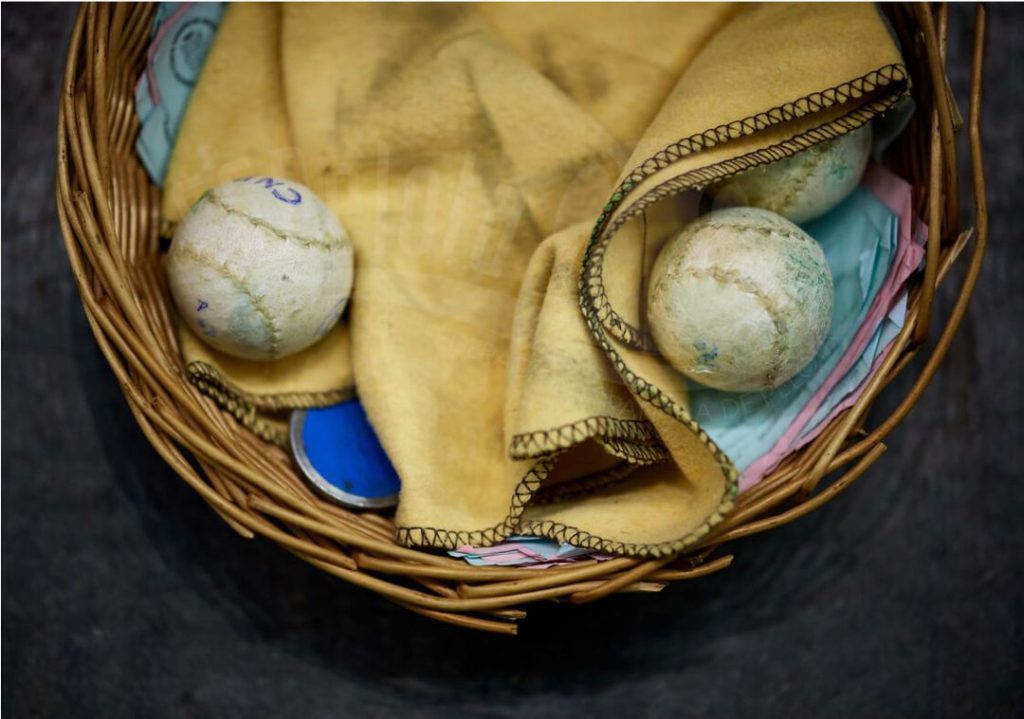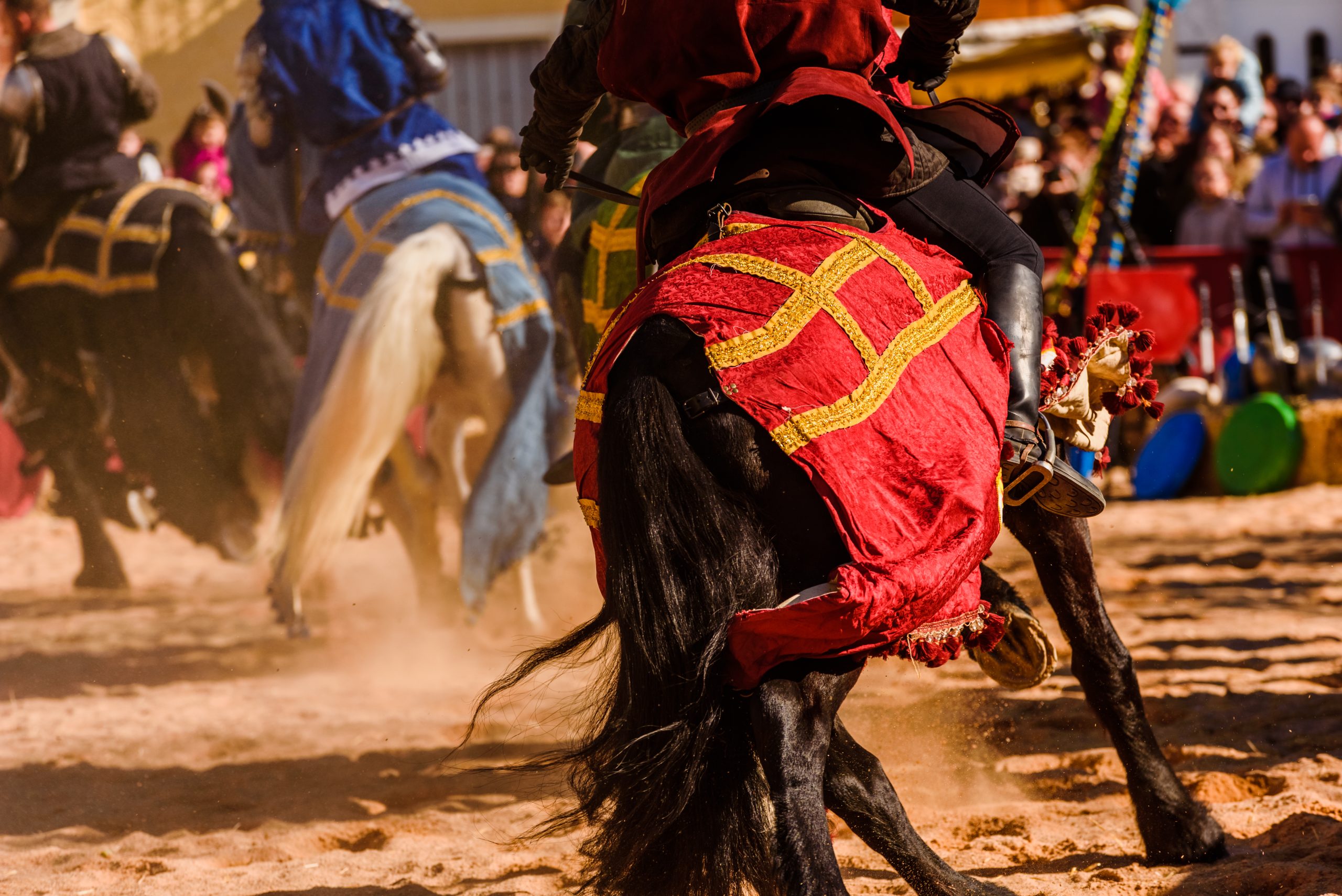Sports have always been more than competition — they are reflections of history, tradition, and community spirit. Across the globe, hidden in villages, cities, and remote landscapes, there are games that have been played for centuries but rarely make it onto international broadcasts. These local sports, deeply tied to their cultures, reveal just how creative and diverse human traditions can be.
In Scotland, deep in the rugged Highlands, an ancient game called shinty is still played today. Resembling a chaotic mix of hockey and lacrosse, shinty was once a vital way for warriors to stay fit for battle. Entire villages would gather to watch matches unfold with breathtaking speed and intensity, and though modern rules have tamed it slightly, the spirit of competition and community remains strong.
Travel to Southeast Asia, and you might come across sepaktakraw, a spectacular sport played with a woven rattan ball. A mix of volleyball, soccer, and acrobatics, players use their feet, heads, and even shoulders to spike the ball over a net without using their hands. Originating centuries ago in Malaysia and Thailand, sepaktakraw is not just a sport — it’s a display of balance, flexibility, and almost gravity-defying athleticism.

In the deserts of Central Asia, the traditional game of buzkashi commands attention. Often described as “rugby on horseback,” this intense sport sees players on horses competing to grab a goat carcass and drag it across a goal line. It’s rough, dramatic, and steeped in the warrior culture of nomadic tribes like the Kyrgyz and Kazakhs, where horsemanship was once essential to survival.

Meanwhile, tucked away in the Basque Country of Spain, pelota thrives as a beloved pastime. Played with bare hands, wooden bats, or curved baskets, pelota involves hitting a ball against a wall with incredible speed and precision. The game is fast, fierce, and deeply embedded in Basque identity, with local tournaments drawing passionate crowds year after year.
Even in the Pacific Islands, sport and culture blend beautifully. On the island of Kiribati, traditional wrestling, known as te ano, has long been part of ceremonies and social gatherings. Played on sandy beaches, matches are often accompanied by singing and storytelling, turning competition into a full cultural experience.
What ties all these games together isn’t just athleticism — it’s the way they mirror the values, skills, and lifestyles of the communities that created them. In places where battles shaped the land, sports tested strength. In societies surrounded by water or desert, games honed balance, endurance, or horsemanship. Today, they continue to serve as living links to the past, blending the thrill of play with the pride of heritage.
In a world dominated by global sports leagues and massive media events, it’s easy to overlook these deeply local traditions. But travelers willing to look beyond stadiums and tourist hubs will discover that some of the world’s most fascinating games are played not under bright lights, but in dusty fields, mountain villages, and remote beaches — where culture, history, and competition come together in unforgettable ways.














